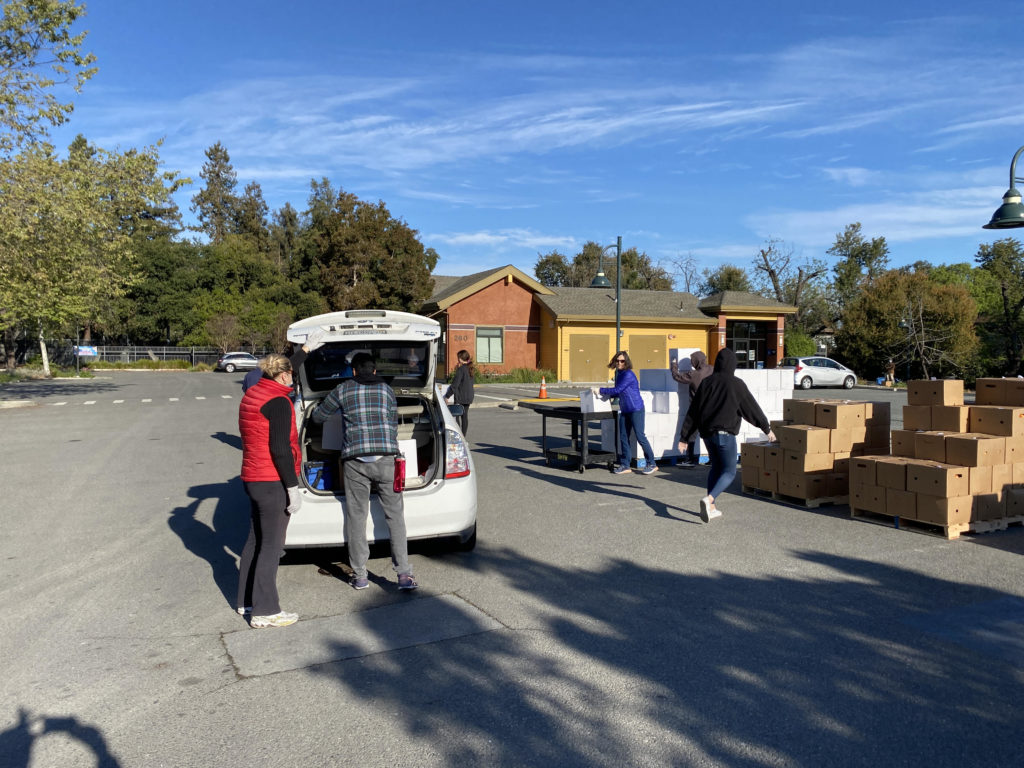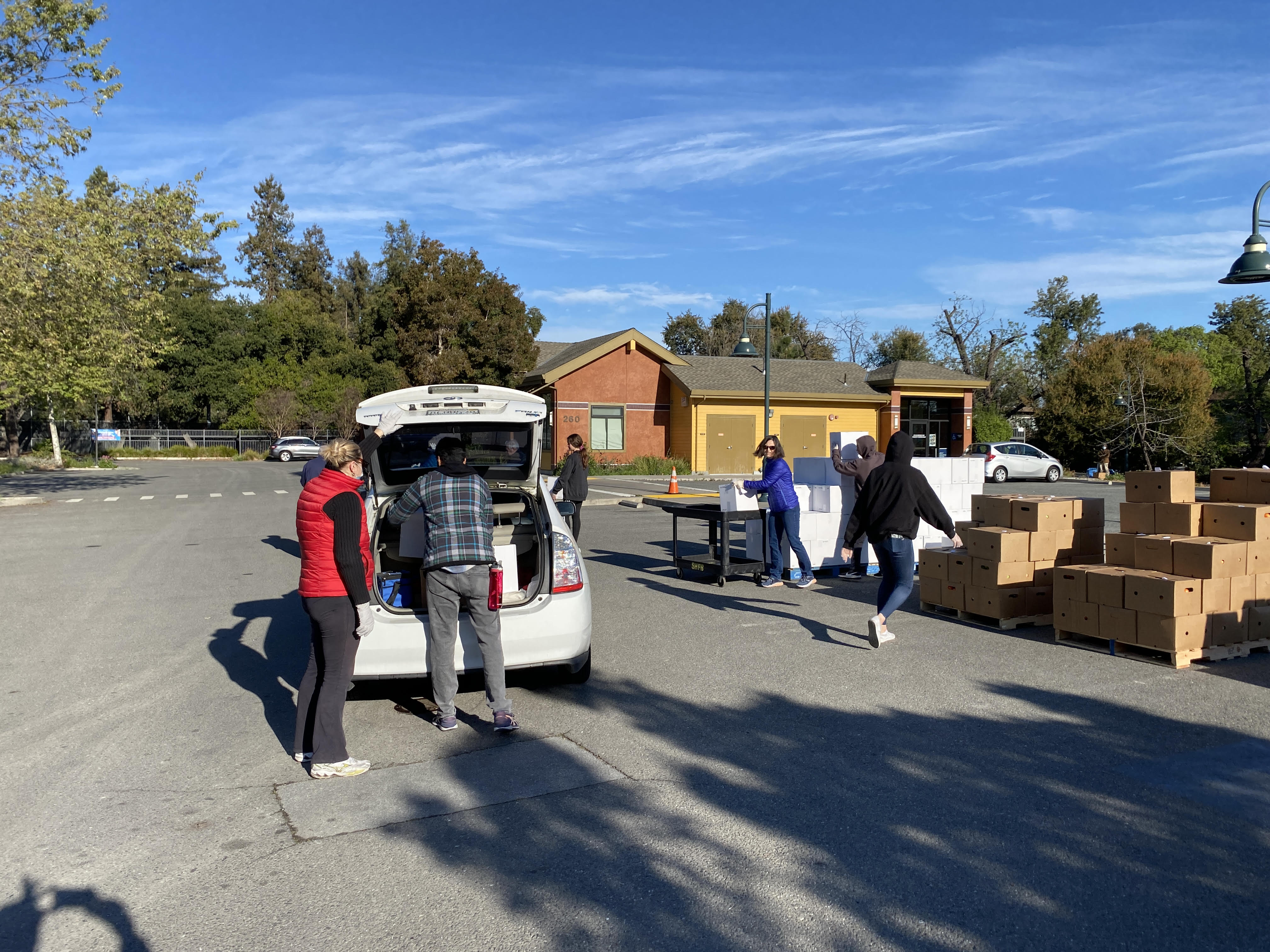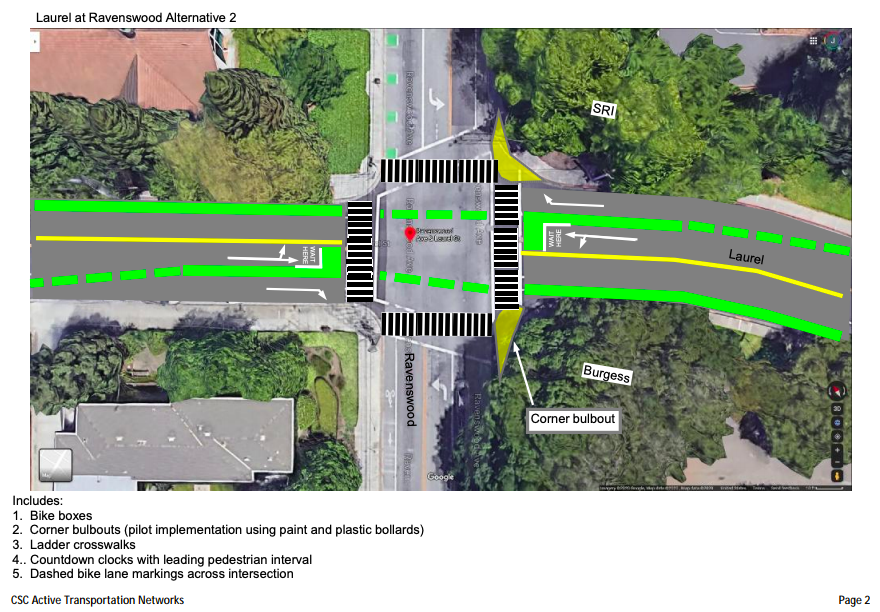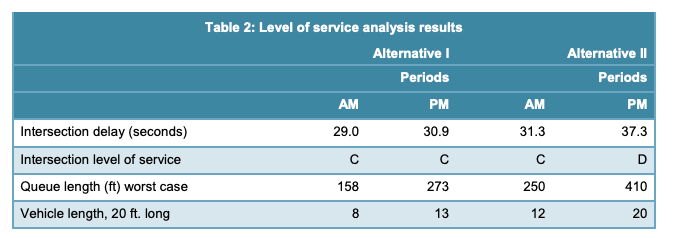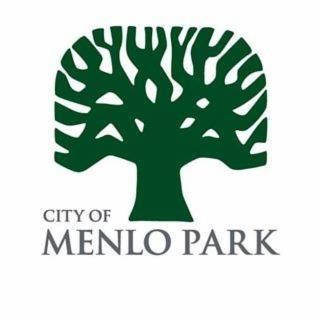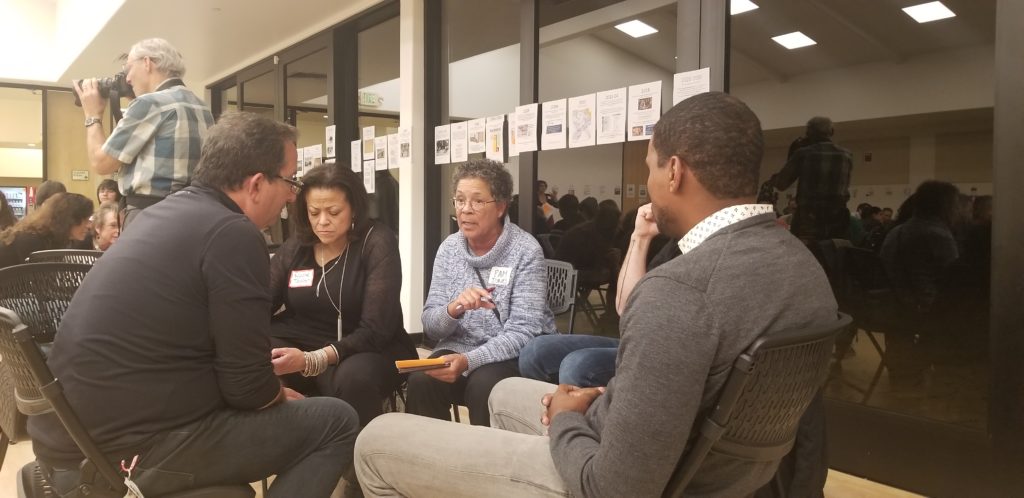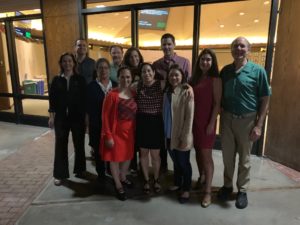Vulnerable members of our community need help – here are several ways you can help neighbors in and near Menlo Park at this time of need.
1. Serve as your neighborhood block captain. There is a volunteer effort underway to organize our neighborhoods, with support from the Menlo Park Fire District. Block captains help their neighbors, especially those living alone and those who are older and/or with medical conditions, to prepare for emergencies. For more information, please see the recruitment flyer. If interested, contact organizer Lynne Bramlett at lynne.e.bramlett@gmail.com
2. Volunteer with Meals on Wheels. Demand for meals to be delivered to seniors is increasing. This is a critical service in our community during normal times, and it will be vital to keep it going during the weeks ahead. They usually require new volunteers to go to the DMV to get background checked, but they are modifying this requirement during this time. If you are able and interested in this important work, please fill out this form and say in the section on “Specific Jobs” at the end of the page that you’re interested in Covid-19 emergency volunteering.
3. Volunteer with Second Harvest. Second Harvest depends on an extensive network of volunteers to distribute groceries to those in need across Silicon Valley. Due to COVID-19 concerns and precautions, they are currently experiencing a volunteer shortage. If you are healthy and not immuno-compromised, please consider signing up for a shift or two here. Volunteers need to be 14 or older (minors must be supervised by a parent), healthy, and ideally able to lift 25 pounds.
4. Volunteer for Samaritan House provides essential services to low-income Menlo Park residents. Volunteer with food preparation and/or transport! Contact: volunteering@samaritanhousesanmateo.org. Please be patient with the time it takes to respond as volume is high and staffing is low. Due to the postponement of a fundraiser donations are especially needed. Go to www.samaritanhousesanmateo.org/donate on the Web to donate right now.
4. Baby Basics of the Peninsula is a 100% volunteer organization based in East Palo that distributes diapers to needy families. To find out more about volunteering please call (650) 321-2193 or email baby.basics@yahoo.com You can also donate here.
